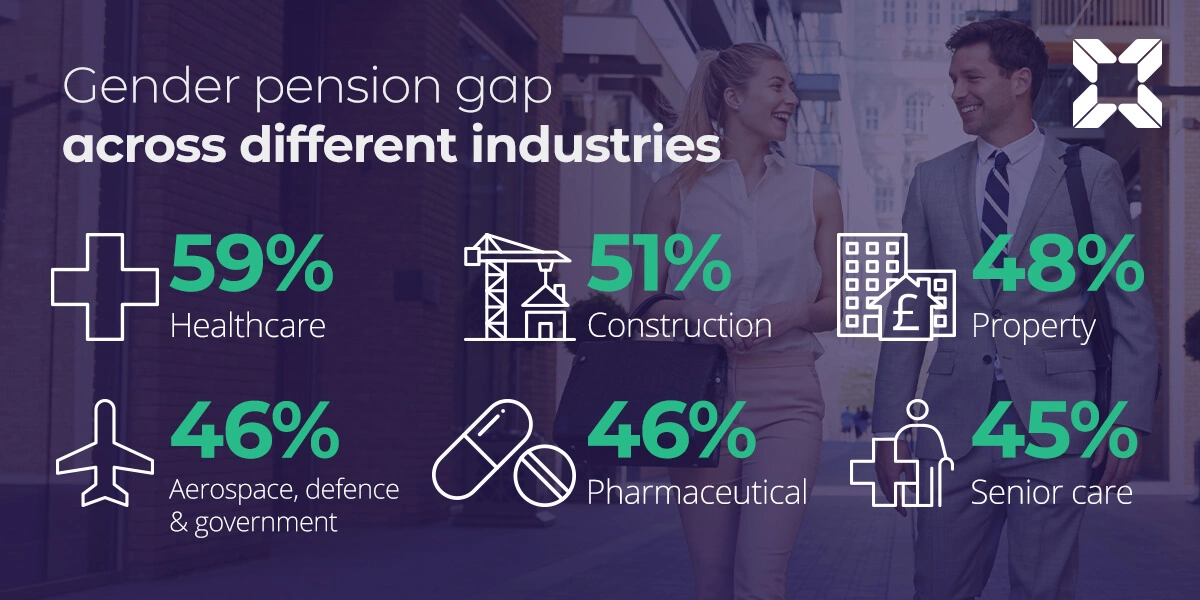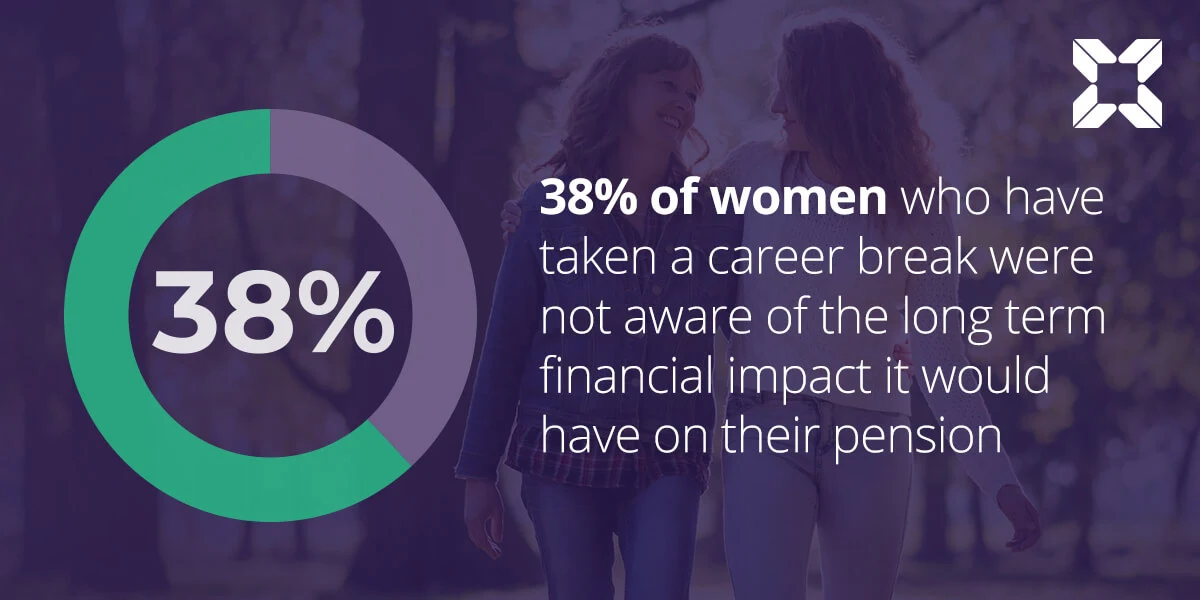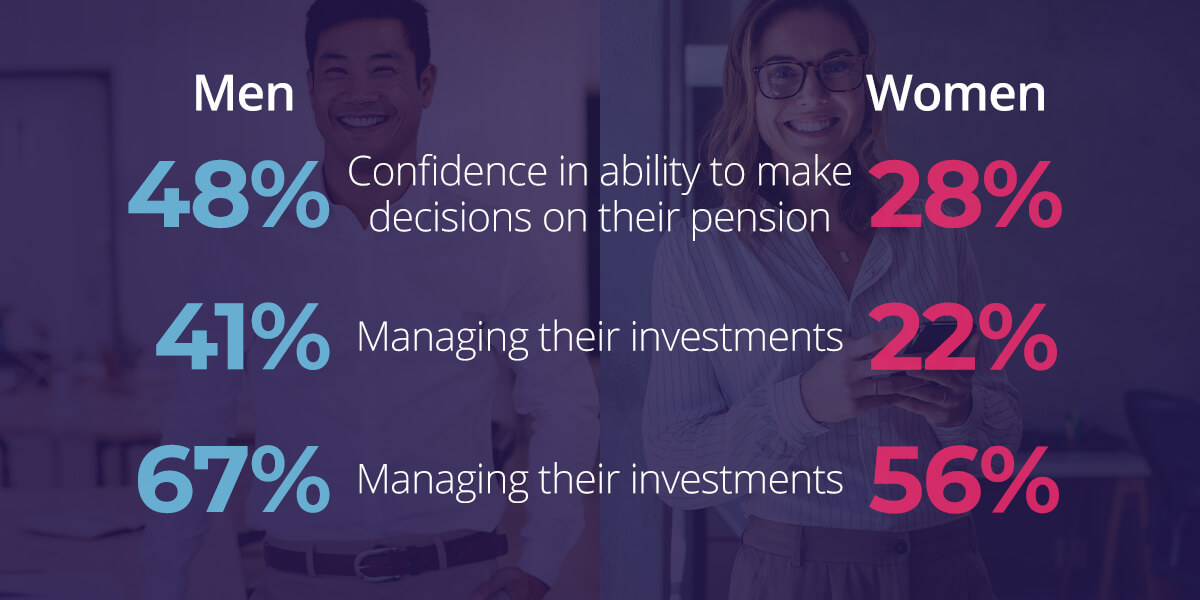
Planning & protection

Fairstone chartered financial planner Sandra Corkhill discusses the gender pension gap and steps you can take to help reduce it.
Being a volunteer for the PFS, I help to teach financial literacy in colleges and universities. Client case studies are used to teach good financial habits. Astute audience members will often ask, how much could I earn in my lifetime? Or why are we so old when we get a State Pension? At this point all debates get lively but it got me thinking…
We’ve all heard about the gender pay gap, but very few discuss the gender pensions gap, despite the fact so many women experience it. Women’s pensions at retirement are half the size of men’s, regardless of the sector they work in, new research has highlighted [1].
The gender pension gap is the percentage difference in income between men’s and women’s pensions and it begins at the very start of a woman’s career.
The research found that every single industry in the UK has a gender pensions gap, even those dominated by female workers. Considering women are likely to live four years [2] longer than men, this issue deepens as they need to have saved around 5% to 7% more at retirement age.
According to the research, the gender pensions gap exists regardless of average pay across different sectors, and ranges from a gap of 59% in the healthcare industry, to 13% in courier services. The healthcare (59%), construction (51%), real estate/property development (48%), pharmaceutical (46%), aerospace, defence and government services (46%), and senior care (45%) sectors were found to have the largest gender pensions gaps. Of these six sectors, three are key industries for female employment – healthcare, pharmaceuticals and senior care [3].

There are many reasons for the gender pensions gap, ranging from women holding fewer senior positions and being paid less, resulting in lower pensions contributions, to the fact they are more likely to take career breaks due to caring responsibilities. Of those that have taken a career break, 38% did not know the financial impact it had on their pension contributions [4].

Another potential driver is a significant gender confidence gap when it comes to managing pension pots. More than a quarter (28%) of women said they had confidence in their ability to make decisions about their pension, compared to almost half (48%) of men [5].
This lack of confidence extends further to other financial decisions, with women less likely than men to feel confident managing their investments (22% of women versus 41% of men), and their savings (56% of women versus 67% of men).

Women often have disrupted work patterns, career gaps and work part-time – this can impact their ability to save consistently for retirement without savings gaps. If you are concerned about your retirement plans and would like to review your pension options, please contact us.
| Match me to an adviser | Subscribe to receive updates |
Source data: [1] The analysis is based on LGIM’s proprietary data on c.4.5 million defined contribution members as at 1 April 2022 but does not take into account any other pension provision the customers may have elsewhere.
[3] According to the ratio of female members across the Legal & General book of business.
[4] Legal & General Insight Lab survey of 2,135 workplace members was conducted between 4–26 July 2022.
[5] Opinium survey of 2,001 UK adults was conducted between 4–8 February 2022.
A pension is a long-term investment not normally accessible until age 55 (57 from April 2028 unless plan has a protected pension age).
Your pension income could also be affected by the interest rates at the time you take your benefits.
The value of investments may fluctuate in price or value and you may get back less than the amount originally invested. Past performance is not a guide to the future. The views expressed in this article represent those of the author and do not constitute financial advice.